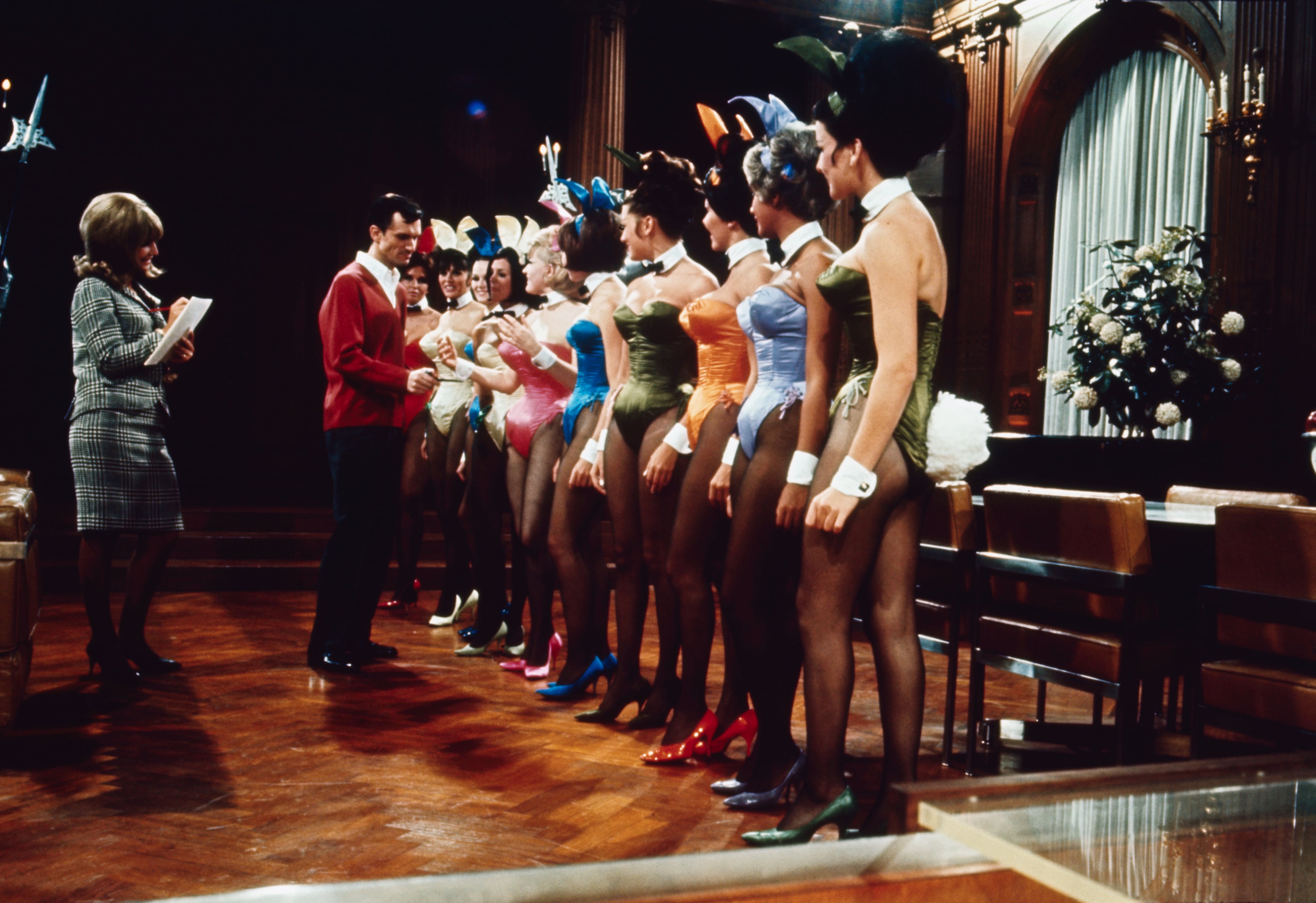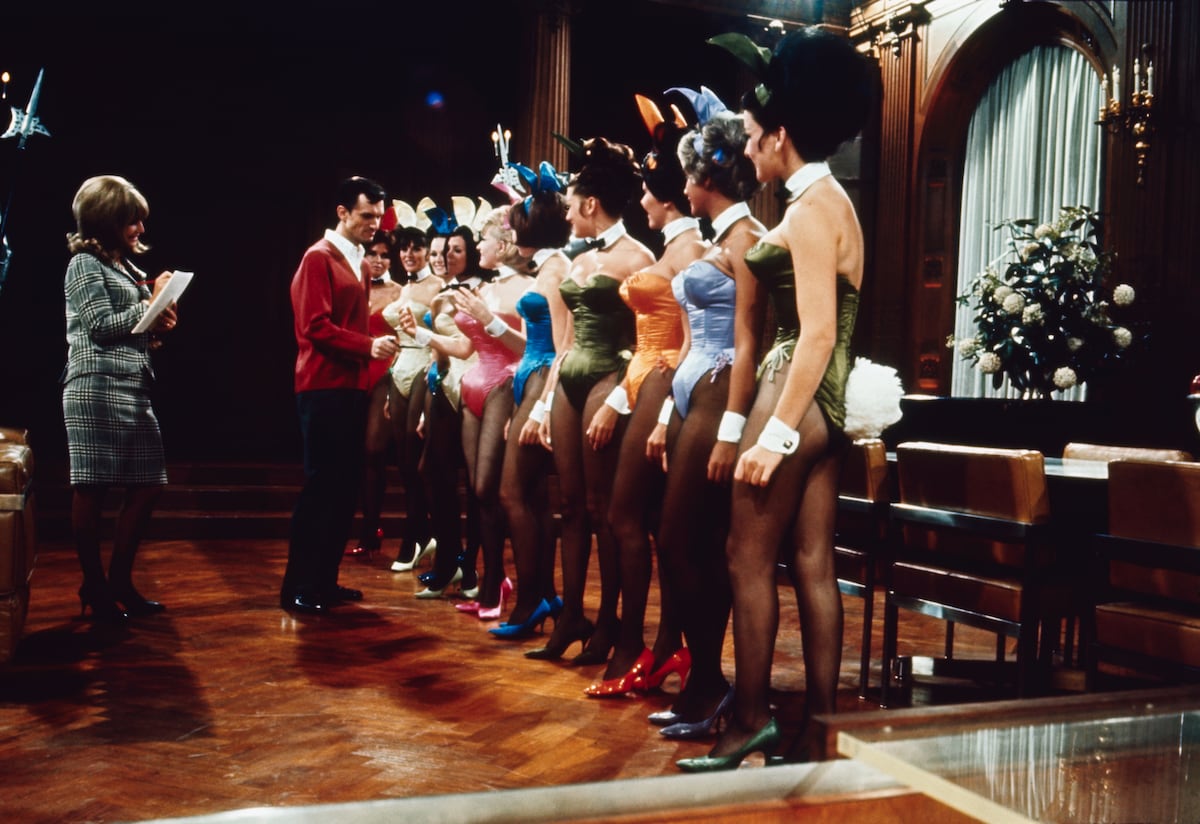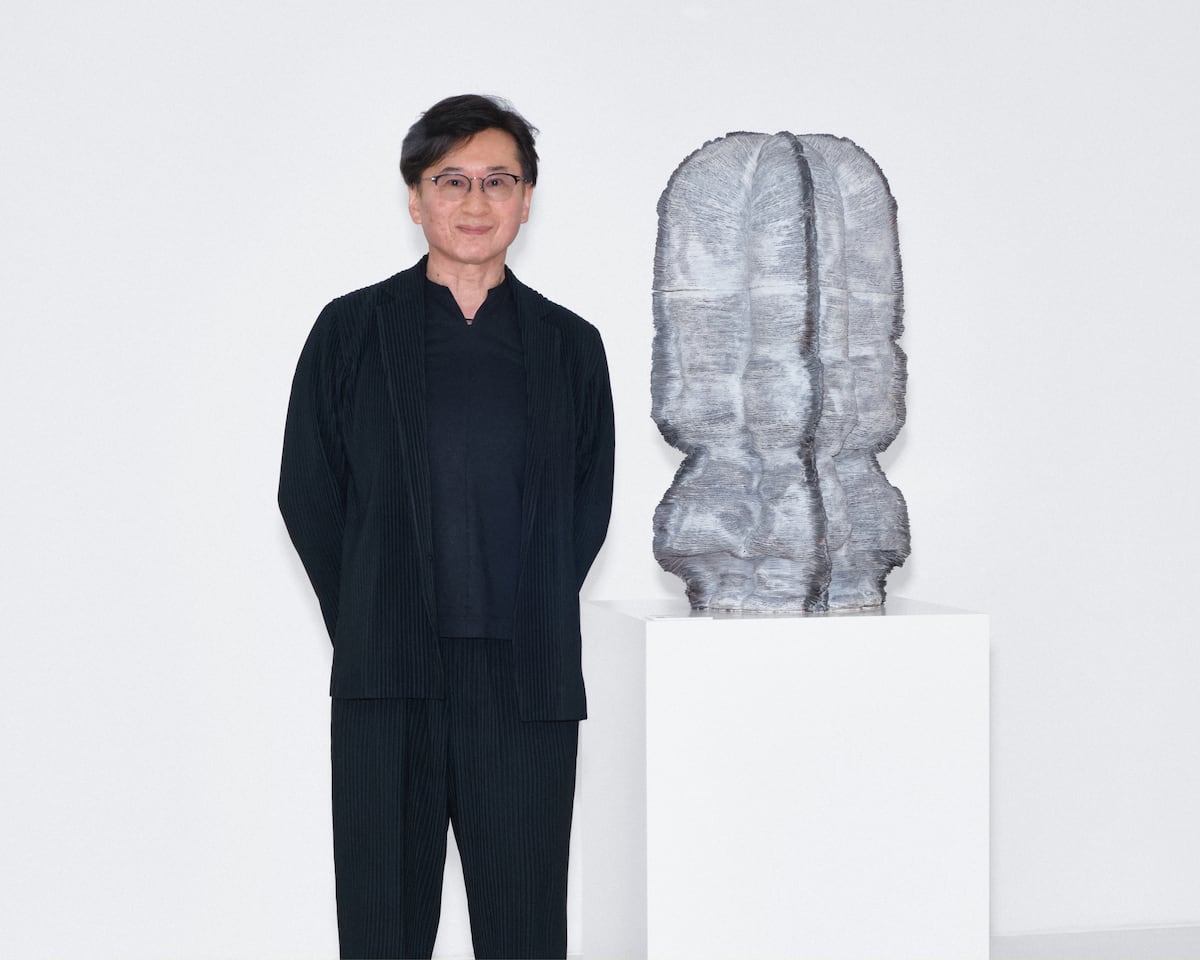[ad_1]

Eleven years ago, someone came up with an idea that landed somewhere between coliving, Big Brother, and full-blown dystopia: putting a bunch of influencers under one roof. The goal? The same as anyone with tens of thousands of followers — boost engagement by bringing together popular creators to generate endless content in a shared space. Think Big Brother VIP for cell phone screens.
The pioneers were the team behind the virtual community Second Life, who launched the 02L Mansion. Since then, similar projects have continued to pop up, drawing attention from major platforms like Netflix, which produced Hype House, a reality show featuring TikTok stars and bloggers.
In Spain, every summer, content creators from Dulceida’s agency gather at Casa In. But it’s far from a relaxing getaway — those who attend are locked into a 24/7 cycle of content creation.
When you picture a mansion full of beautiful people posing for the camera, it’s hard not to think of the Playboy Mansion. It still makes headlines years after the death of its owner, Hugh Hefner.
Model Holly Madison, producer of the documentary Secrets of Playboy, recently shared new details with People magazine: “They would have these trays everywhere, like in every bathroom, out on the tennis courts, by the pool, and it would be a tray with Kleenex, Pepto Bismol, Vaseline, baby oil, sunscreen — any kind of makeshift lube.»
The crossover between the Playboy Mansion and influencer houses was inevitable. Enter the OnlyFans creator mansions — most notably Bop House (named after the term “bop,” referring to someone who shows their body online). The house was founded by influencers Sophie Rain (7 million Instagram followers) and Aishah Sofey (5.5 million), and since launching in early December, it has amassed 3.4 million followers on TikTok.
The mansion houses seven content creators, has its own in-house editing team, and features regular collaborations with lingerie brands. Rain, who claims to have earned $43 million in a single year through OnlyFans, proudly touts the financial success of the house.
“Celebrating today because the Bop House collectively made over $10M in the month of December,” she posted on January 2. In one video on the house’s Instagram page, several members boast of earning up to $8 million since moving in.
The house of controversy
Many argue that these influencer mansions offer, at the very least, a safer environment for adult models compared to the infamous Playboy Mansion — if only because they lack a controlling, predatory figure like Hugh Hefner (at least not as far as we know).
But here’s the twist: Bop House’s social media accounts make no mention of OnlyFans. Instead, users are directed — via a link in the bio — to an intermediary site where they can find each creator’s OnlyFans profile. Yes, they’re still on Meta-owned platforms, but the explicit content is now two clicks removed from Zuckerberg’s platform.
“It’s a pretty smart way of adapting to the rules of the game,” Ignacio Cabra Bellido, director of digital marketing at Piazza Comunicación, tells EL PAÍS. “Ultimately, Instagram has very strict policies regarding anything even remotely sexual, so the creators are looking for ways to avoid being penalized, while still taking advantage of the massive reach that platform offers.”
“It’s not so much that they’re hiding something, but rather that they’re optimizing their strategy: they know that if they upload certain types of content, they can disappear from the digital map in a matter of hours. So they’re playing with the limits,” he continues. “It’s a reflection of how, in content marketing, you sometimes have to be more strategic than creative.”
“And if you want to monetize on more permissive platforms, you have to know how to bridge the gap without breaking the rules,” he adds. “What they are doing is generating content that fits perfectly with what TikTok and Instagram allow: dancing, games, lifestyle, even humor — but always with a suggestive aesthetic, using visual cues that hint at something more. It’s like a double reading: what you see is light, but what’s implied leads to another level of content.”
Cabra Bellido describes the approach as a textbook example of a digital marketing “funnel”: grabbing attention with light, viral content and guiding the most engaged viewers toward more exclusive, premium material.
“This is exactly what platforms like OnlyFans are built for. There’s no deception — just strategy. And a lot of it,” says Bellido.
A sensitive field
Spain’s Federation of Young Women (FMJ) released a report called OnlyFans: A Whitewashed Space in the Sex Industry, which argues that platforms like OnlyFans have enabled the sex trade to shift from traditional venues to the digital sphere, making access to prostituted women easier. At the report’s presentation, Raquel Pérez Benasco, vice president of FMJ, stated that OnlyFans is “a new form of sexual exploitation.”
“They argue that they can choose what content to post, set their own boundaries, and profit directly from their work, which sets it apart from the traditional sex industry, where exploitation and intermediaries are often more apparent,” says Rodríguez. “However, there are also opposing accounts that tell a different story: that while the platform presents itself as a space of freedom, in practice many women feel pressured to push past their own limits, face harassment, and deal with fierce competition. Moreover, the promise of easy money is reserved for a minority, while most creators don’t earn enough income or have real protection against exploitation or digital violence.”
Rodríguez believes it is possible to listen to those who find empowerment in their experience while still recognizing the importance of critically analyzing the structural context in which they operate.
“OnlyFans takes a cut of all transactions and allows for the presence of intermediaries and agencies, which can reproduce exploitative dynamics under the guise of modernity and individual freedom,” she says. “What’s more, the lack of specific regulation and effective protection mechanisms leaves many creators in a vulnerable position.”
Adult film director Erika Lust sees OnlyFans as a powerful tool that has allowed many people to take control of their work, their bodies, and their narratives.
“By operating outside the big studios that dominate mass-produced porn, many women, queer individuals, and dissidents have been able to set their own pace and working conditions,” says Lust. “That autonomy can translate into a greater sense of security: there are no intermediaries imposing scripts or practices, and creators can define their own boundaries and methods of production.”
A safe place?
The content creators of Bop House collectively have over 40 million followers, and the success of this mansion has sparked the creation of others like Creator House and Rebel House, whose residents are also OnlyFans creators. Content creator and singer Roxburg filmed a video after spending a week at Bop House, telling his followers that the mansion feels more like a house of friends than a revamped version of the Playboy Mansion.
However, many believe that these types of houses, by glamorizing and giving a veneer of innocence to erotic content, can push many young women to want to participate in such creations, which some see as a gateway into the sex industry.
“These houses sell a narrative: young, independent women making lots of money by working in community, traveling, and producing content freely… It’s a lifestyle that, on social media, is presented almost as the postmillennial dream. Many other creators who might have done lifestyle, fitness, or fashion content could consider making the jump to OnlyFans if they see it’s profitable and less stigmatized now,” explains Cabra Bellido. “At its core, it’s an evolution of the influencer phenomenon: direct monetization, without brands involved, no dependence on the algorithm, and a community willing to pay. From a business perspective, that’s very powerful.”
María Rodríguez points out that spaces like Bop House have been presented by their founders and participants as communities of support and collaboration, where creators can share strategies, support each other, and feel safer in an environment that otherwise can be lonely and competitive.
“These initiatives can bring real benefits in terms of community, visibility, and mutual support, and many members emphasize the importance of having a space free from direct male intermediaries,” she says. “Furthermore, the existence of such self-managed spaces can help make visible the diversity of experiences on the platform and break the isolation many creators feel.”
However, Rodríguez also sees the flip side: “The fact that no men manage these spaces does not change the structural logic of the platform, which seeks business profit from content mostly produced by women for a male audience. Even if the management is female, the supply and demand dynamic remains unequal: most creators are women, and most consumers are men. This perpetuates a dynamic where male desire remains the main economic driver, influencing the type of content produced,” she explains. (There are also male OnlyFans stars, mostly with a male audience, but so far, no “mansions” exclusively for them are known.)
According to the Federation of Young Women, creators on OnlyFans do not control their contractual conditions. In fact, the platform assigns itself the right to use, modify, and disclose to third parties the material they sell to the platform perpetually. “OnlyFans is a gateway that facilitates the prostitutionist discourse about women,” warns the report.
Finally, Erika Lust highlights that while she believes these debates are necessary, it’s also important not to oversimplify a reality that is much more complex and diverse. “Sex work, in any form, cannot be understood solely through a moral or ideological lens. We need to listen to those who do this work, understand their contexts, decisions, and needs,” she says. “We should focus on questioning and analyzing the conditions under which this work happens. The urgent issue is not to prohibit or judge, but to ensure that the choice is made from a position of power, not precariousness.”
Sign up for our weekly newsletter to get more English-language news coverage from EL PAÍS USA Edition
[ad_2]
Source link







Comentarios